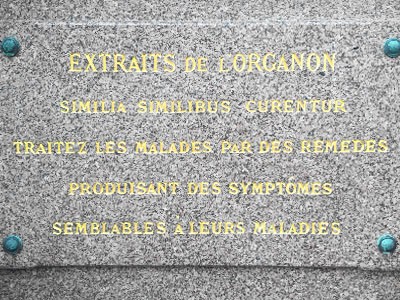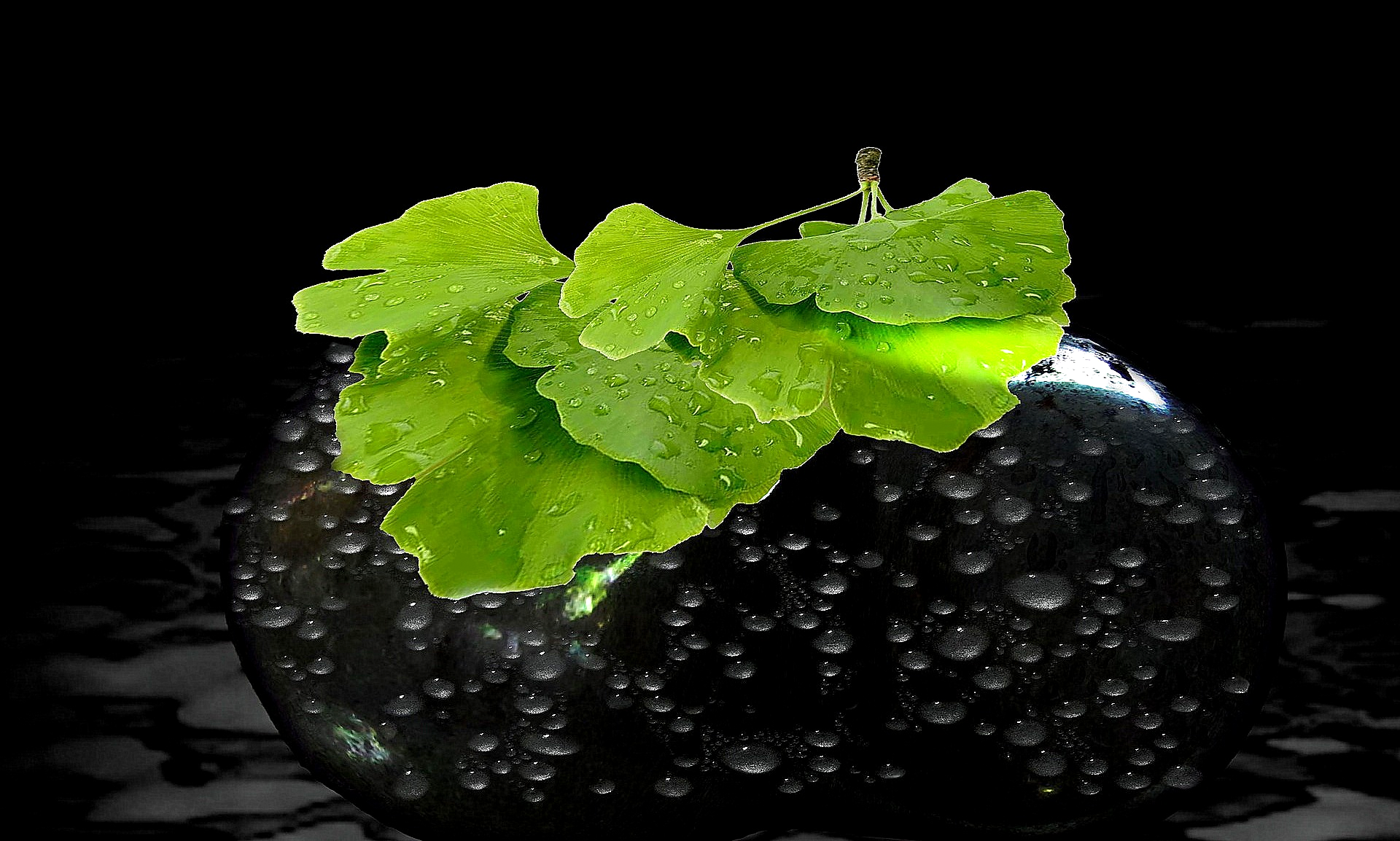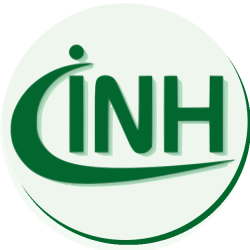A book from the beginning of the 19th century – a Bible of today’s “medicine”?

The Organon can justifiably be called the Bible of homeopaths. It was first published in 1810 by the inventor of homeopathy, the Saxon physician Samuel Hahnemann, and received a total of five revisions and six editions from his hand.
The term organon comes from ancient Greek and means as much as tool, and Hahnemann has seen it as such. The organon should be the tool for healing the patients. His book was therefore aimed not only at doctors, but also at patients. Hahnemann also partly gave away his organon to his own patients.
While the book also contained reasonable suggestions for personal hygiene or lifestyle in case of illness, it also contains abstruse explanations as to why homeopathy cannot work, for example, because one wore underwear made of sheep’s wool or had unchaste thoughts.
Of course, a good part of the organon takes up the explanation of the basic homeopathic principle that similar things are cured with similar things. The same applies to the instructions for potentiation, i.e. the dilution of the active substances. In his teaching, Hahnemann assumed that the dilution would not weaken the effect, but even increase it.
You can’t blame Hahnemann here, though. At the time when he wrote his Organon, the basics of pharmaceutical mechanisms of action were not yet known, neither were viruses or bacteria (germs) as pathogens, since science-oriented medicine was still in its infancy. Therefore, the Organon and its origin must always be seen in its historical context.
What Samuel Hahnemann insists on in his Organon, however, is the compilation of a comprehensive diagnosis, which is today referred to as the “first conversation”. Only through this diagnostic interview can the “symptom picture” of the patient be determined, which is then a prerequisite for finding the “only right” remedy and thus for a comprehensive and lasting cure. – On the side: If you read this paragraph in the Organon, the question arises: And how should animal homeopathy work? A diagnostic interview with a dog or horse might be a bit difficult.
Another interesting point is that Hahnemann assumes that there is always only one disease in the human body that can do its mischief, which can only be treated with one active ingredient. Today’s “homeopathic tri-complexes”, which we know from advertising, completely contradict Hahnemann’s basic idea in Organon. And these are not marginalities, but core principles of homeopathy. At Hahnemann it is clear: one disease, one active substance, one recovery.
That Samuel Hahnemann already felt harsh headwinds in the first years after the publication of his new doctrine of faith in the Organon, can be noticed at the latest from the fifth edition of the Organon. In this edition he insults his opponents violently and “renegade homoeopaths” massively. The renegade homoeopaths even more violently than the opponents, so there is to read from “mongrel homeopaths” and more. By this he means above all those who deviated from his teachings and created their own “variations” (of which there is a huge amount today that contradict both the Organon and among each other, sometimes massively).
It is also interesting to note that nothing has changed in the organon, and thus in the homeopathic core doctrine, in the last 200 years. Especially the medical homoeopathy usually refers to representing the “classical” (strongly based on Hahnemann) or the “genuine” (Hahnemann literally taking) homoeopathy. Although medical knowledge has multiplied extremely in this long time, no paragraph of this book has been revised or replaced.
Nevertheless, this book from the early 19th century is the basis of homeopathic training and further education – also the “official” one within the further training regulations of the state medical associations for the acquisition of the “additional designation homeopathy”. Incidentally, in the meantime (March 2021), eleven of a total of 17 have deleted this item from their further training regulations within little more than a year.
Picture: Andreas Weimann for the INH


2 Replies to “Hahnemann’s Organon – Fundamental Work of Homeopathy”
Comments are closed.